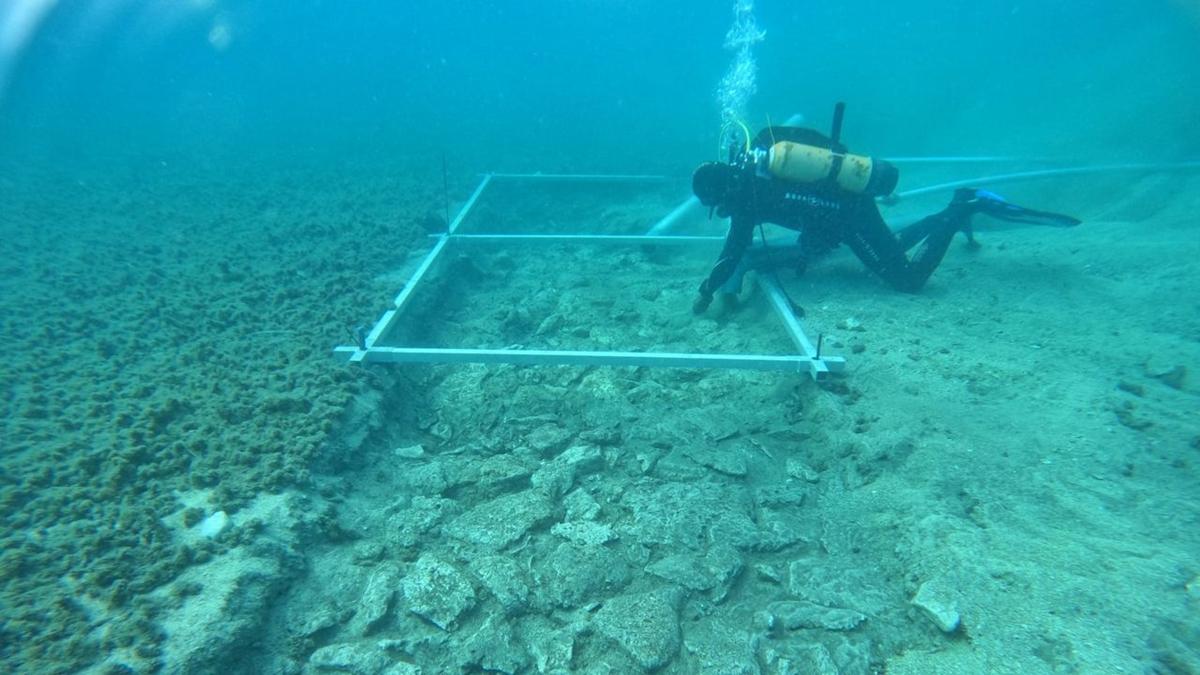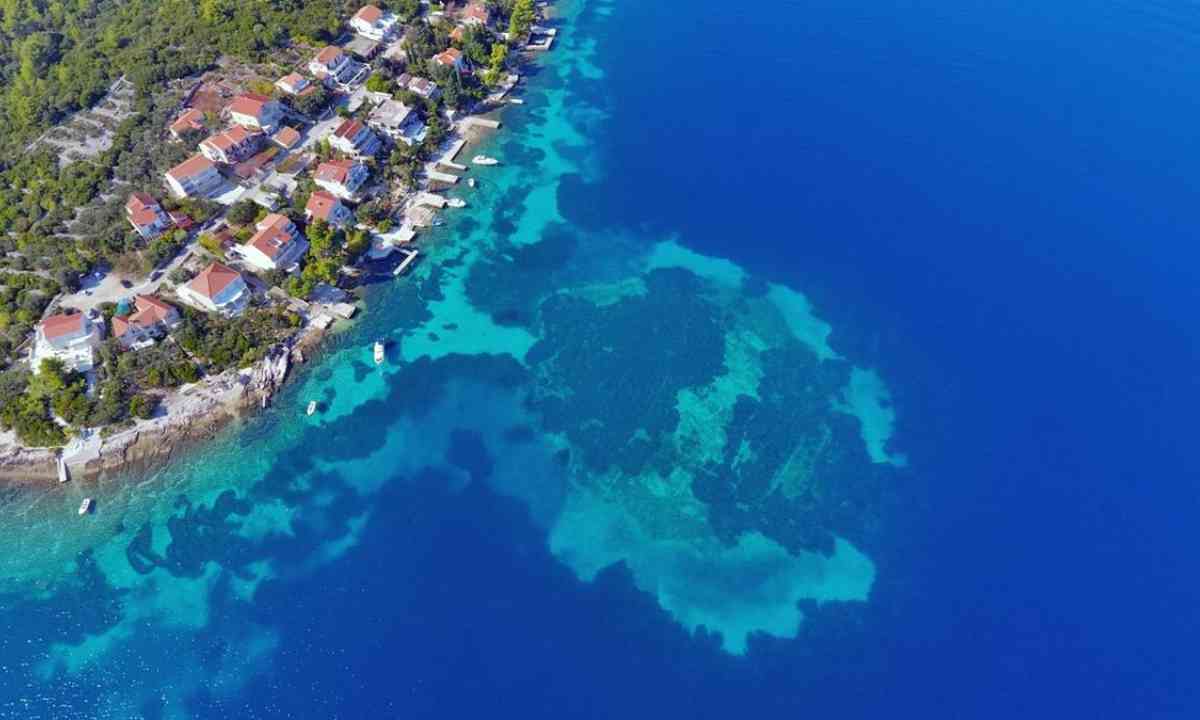Off the southern Croatian coast, archaeologists discovered the remains of a road that was built 7,000 years ago but had been covered by sea soil.
This fascinating discovery, which was found at the submerged Neolithic site of Soline, may have once connected the ancient Hvar culture village to the now-isolated island of Korula.
The ancient site of Soline, which was formerly a man-made island, was found in 2021 by Croatian archaeologist Mate Parica of the University of Zadar as he was studying satellite photographs of the ocean region near Korula.

Parica and a coworker plunged to explore something they thought might be man-made on the ocean floor.
At an underwater level of 4 to 5 meters (13 to 16 feet) in the Mediterranean's Adriatic Sea, scientists discovered stone walls that may have previously been part of an ancient settlement. The area it was established upon was split from the main island by a thin strip of land.
"The fortunate thing is that this area, unlike most parts of the Mediterranean, is safe from big waves as many islands protect the coast," Parica informed Reuters in 2021. "That certainly helped preserve the site from natural destruction."
These islands have also safeguarded the recently discovered prehistoric route for millennia from strong waves.
At roughly 4 meters (13 feet) wide, the highway was made of attentively placed stone slabs. As one might imagine an underwater structure, it is now completely covered in mud.
The old Soline village, now underwater, and the historic route that connected the islands are believed to have been built by the Neolithic Hvar civilization, who previously inhabited the eastern Adriatic.
The settlement's total age was determined by radiocarbon analysis of surviving wood at about 4,900 BCE.
The latest finding was announced by the University of Zadar via a Facebook message "People walked on this [road] almost 7,000 years ago."
Collaboration between specialists from the Dubrovnik Museums, the Museum of the City of Katela, the University of Zadar, and the City Museum of Korula, as well as the support of photographers and divers, led to the completion of this outstanding research.
© Copyright 2023. All Rights Reserved Powered by Vygr Media.
























